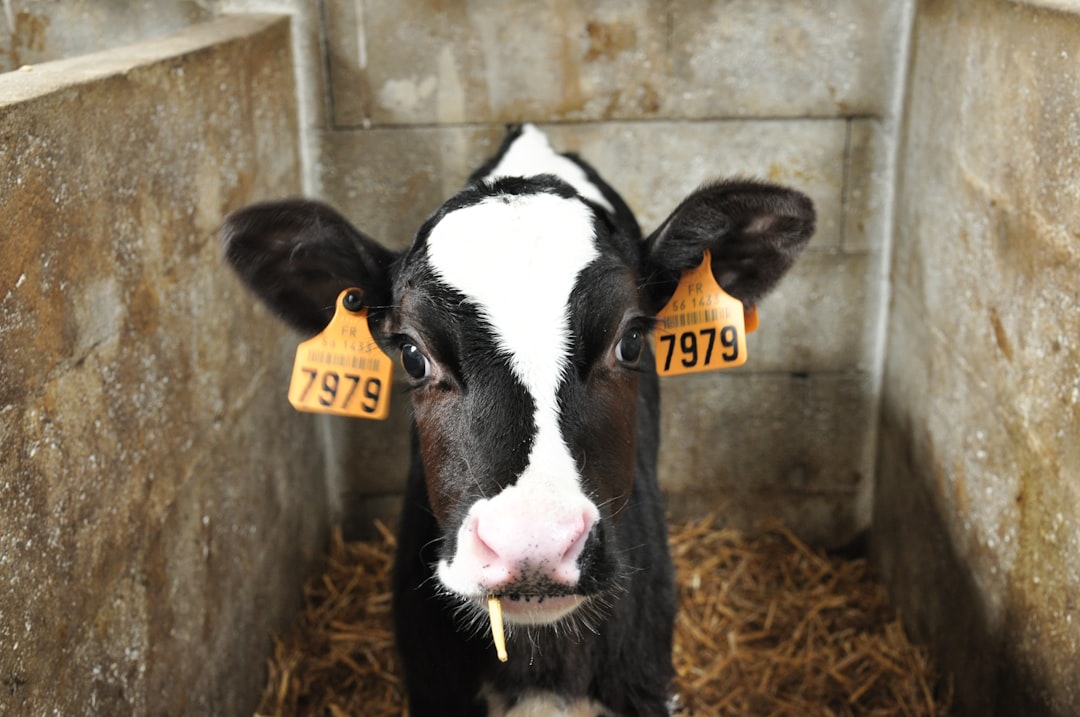What is it about?
Since the earliest naturalist explorers, scientists have been intrigued with how life varies across the planet. One especially compelling biogeographic pattern is Bergmann’s Rule, first described well over a century ago as the tendency for mammals and other vertebrates to be smaller in regions of warmer climates. Modern biogeographers have applied a time-for-space corollary of Bergmann’s Rule to predict that ongoing climate warming will impact what is arguably the most important characteristic of terrestrial vertebrates — their body size. Our research, measuring well over a thousand specimens of 23 species of small mammals from sites across North America, revealed that these species are indeed shrinking as regional climates become warmer. Based on these results, we predict that by 2100 (when global temperatures may have risen some 2.5 to 5.5 degrees C since 1800) the total anthropogenic decline in body size of these ecologically and economically important animals may range from 10 to 21%.
Featured Image

Photo by Javier Miranda on Unsplash
Why is it important?
Body size influences nearly every trait of animals, from how they obtain and process energy, to the types and area of habitats they occupy and how they interact with other species, including humans. Small mammals, in particular, represent the great majority of all species and provide key ecological roles as prey for larger species, as pests and vectors of disease, and as beneficial agents dispersing plant seeds and fungi essential to decomposition and production of plant communities, including agricultural crops. Thus, our observed and projected declines in body size of small mammals may have impacts that cascade across all levels of natural and human communities.
Perspectives
The most pressing challenges to conserve biological diversity and the health of our global ecosystems require natural experiments conducted at broad spatial and temporal scales. Our insights were only possible given the centuries of field studies and the careful curation of mammal specimens in natural history museums across North America.
Mark Lomolino
College of Environmental Science and Forestry
Read the Original
This page is a summary of: Melting climates shrink North American small mammals, Proceedings of the National Academy of Sciences, December 2023, Proceedings of the National Academy of Sciences,
DOI: 10.1073/pnas.2310855120.
You can read the full text:
Contributors
The following have contributed to this page










